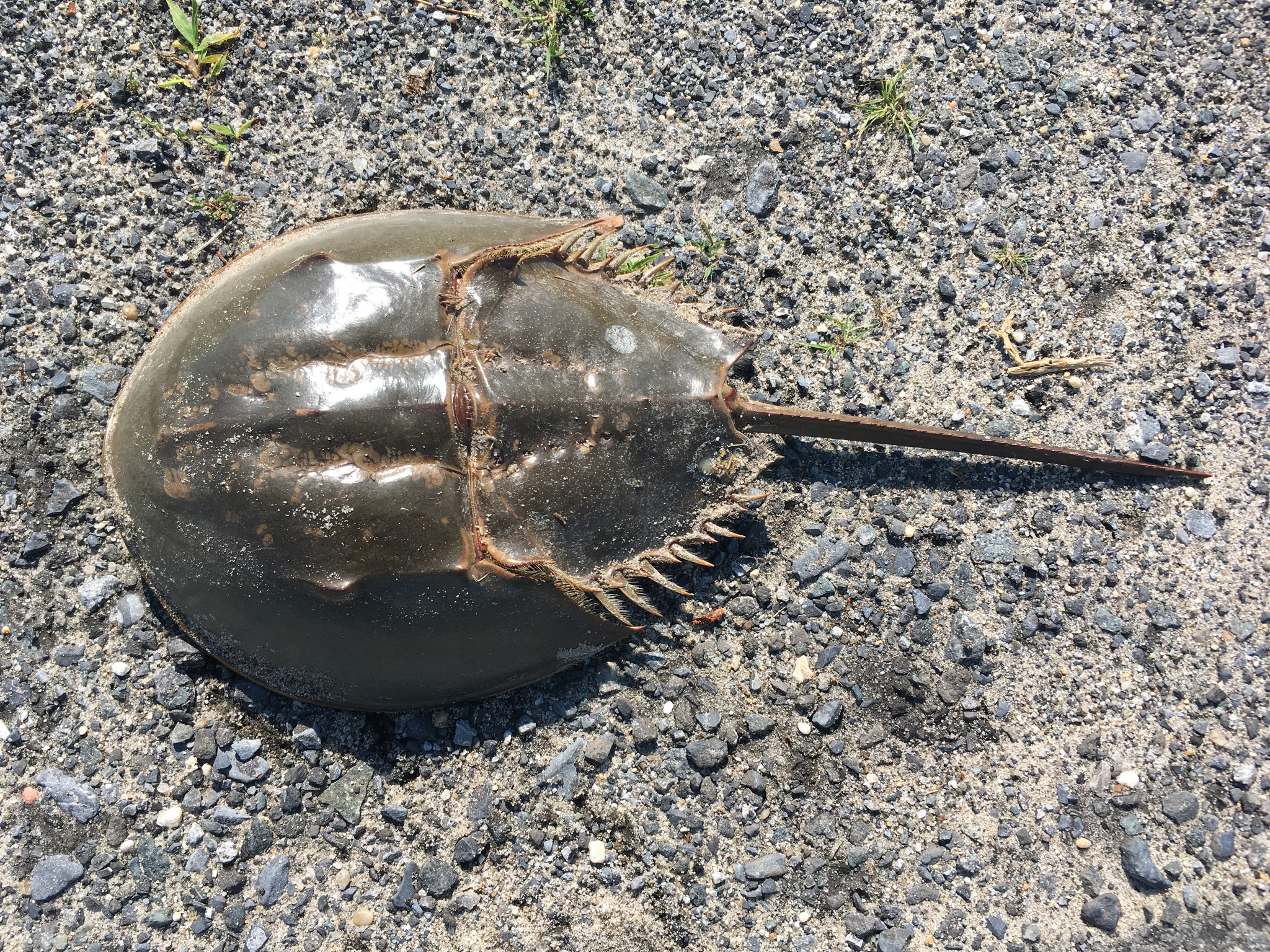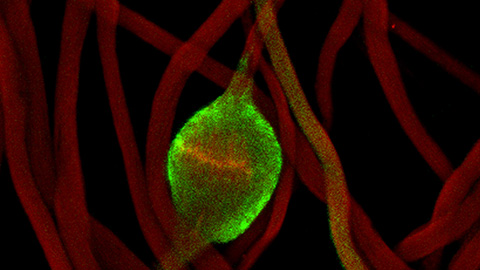Re-creating coagulation in a lab
When considering modern medicine’s fight against infections, a horseshoe crab is likely not the first thing that comes to mind. However, the dwindling number of these ancient arthropods is cause for concern in the biomedical industry.

Bacterial lipopolysaccharide, or LPS, is a toxic molecule that can cause life-threatening infectious reactions in humans. Horseshoe crab hemolymph (a blood equivalent) is extremely sensitive to LPS, coagulating in response to even trace amounts. Due to this property, hemolymph is used in the Limulus test, a critical tool to ensure medical devices and drugs are free of LPS contamination. Unfortunately, the harvesting of hemolymph pits medical and conservation interests against each other.
Shun-Ichiro Kawabata, a researcher at Kyushu University in Japan, seeks a solution to this conflict. “(The) raw materials of Limulus test are totally dependent on the limited natural resource,” he said. “As an alternative approach, we have been doing studies to develop a next-generation Limulus test using recombinant (engineered) proteins.”
Recent research Kawabata and his colleagues published in the Journal of Biological Chemistry represents an important step toward a hemolymph-free Limulus test.
In their study, Kawabata’s team focused on the main catalytic pathway of hemolymph coagulation: three zymogens (inactive enzyme precursors) called proC, proB and proCE. In the presence of LPS, proC is activated into an enzyme called alpha-chelicerase C that converts proB into chelicerase B; chelicerase B in turn activates proCE into the clotting enzyme that coagulates the hemolymph. Kawabata previously engineered functional proC and proB; in this new research, his lab also made a functional proCE without the use of hemolymph for the first time.
“We have overcome several difficulties in preparing these recombinant proteins, and now we have (all) three recombinants: proC, proB, and proCE,” Kawabata said. Using these three proteins to reconstitute the coagulation cascade, the team discovered that specific regions and amino acids in proB and proCE are key for activation. Now they are using their set of recombinant zymogens and these recent data to improve on nature’s designs.
“We are pushing this work forward to prepare more effective and stable recombinants of the protease zymogens applicable for the detection of LPS,” Kawabata said.
Challenges remain before a fully synthetic hemolymph substitute can be used for the Limulus test. While the proteins developed by the team represent the core components, three proteins alone cannot mimic hemolymph perfectly. “Some cofactors, environmental proteins or some preservatives must be indispensable,” Kawabata said.
It is also important to ensure that the cascade cannot be triggered by other environmental substances, something that will require further testing and optimization.
Although questions remain, Kawabata and his team already are working with companies in Japan “to make a more sensitive and convenient test … and ensure a continuous supply of the best materials,” he said.
In time, the proteins developed in the Kawabata lab could bring medical and conservation concerns into harmony, protecting the horseshoe crab population while providing a powerful tool to prevent infections.
Enjoy reading ASBMB Today?
Become a member to receive the print edition four times a year and the digital edition monthly.
Learn moreGet the latest from ASBMB Today
Enter your email address, and we’ll send you a weekly email with recent articles, interviews and more.
Latest in Science
Science highlights or most popular articles

Building the blueprint to block HIV
Wesley Sundquist will present his work on the HIV capsid and revolutionary drug, Lenacapavir, at the ASBMB Annual Meeting, March 7–10, in Maryland.

Gut microbes hijack cancer pathway in high-fat diets
Researchers at the Feinstein Institutes for Medical Research found that a high-fat diet increases ammonia-producing bacteria in the gut microbiome of mice, which in turn disrupts TGF-β signaling and promotes colorectal cancer.

Mapping fentanyl’s cellular footprint
Using a new imaging method, researchers at State University of New York at Buffalo traced fentanyl’s effects inside brain immune cells, revealing how the drug alters lipid droplets, pointing to new paths for addiction diagnostics.

Designing life’s building blocks with AI
Tanja Kortemme, a professor at the University of California, San Francisco, will discuss her research using computational biology to engineer proteins at the 2026 ASBMB Annual Meeting.

Cholesterol as a novel biomarker for Fragile X syndrome
Researchers in Quebec identified lower levels of a brain cholesterol metabolite, 24-hydroxycholesterol, in patients with fragile X syndrome, a finding that could provide a simple blood-based biomarker for understanding and managing the condition.

How lipid metabolism shapes sperm development
Researchers at Hokkaido University identify the enzyme behind a key lipid in sperm development. The findings reveal how seminolipids shape sperm formation and may inform future diagnostics and treatments for male infertility.

